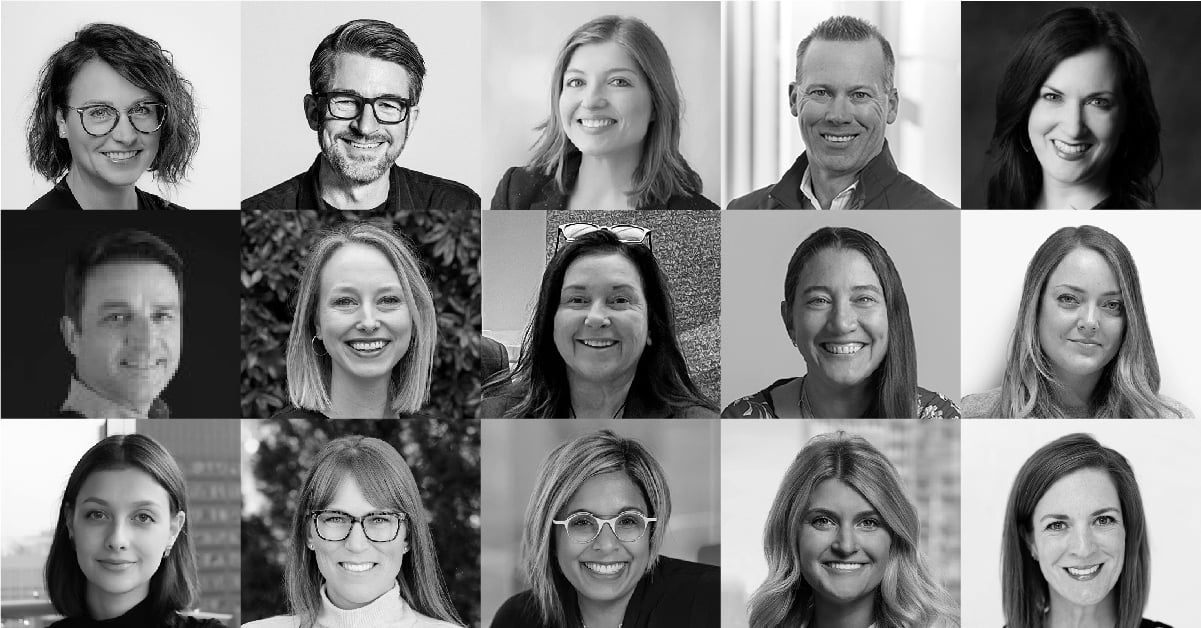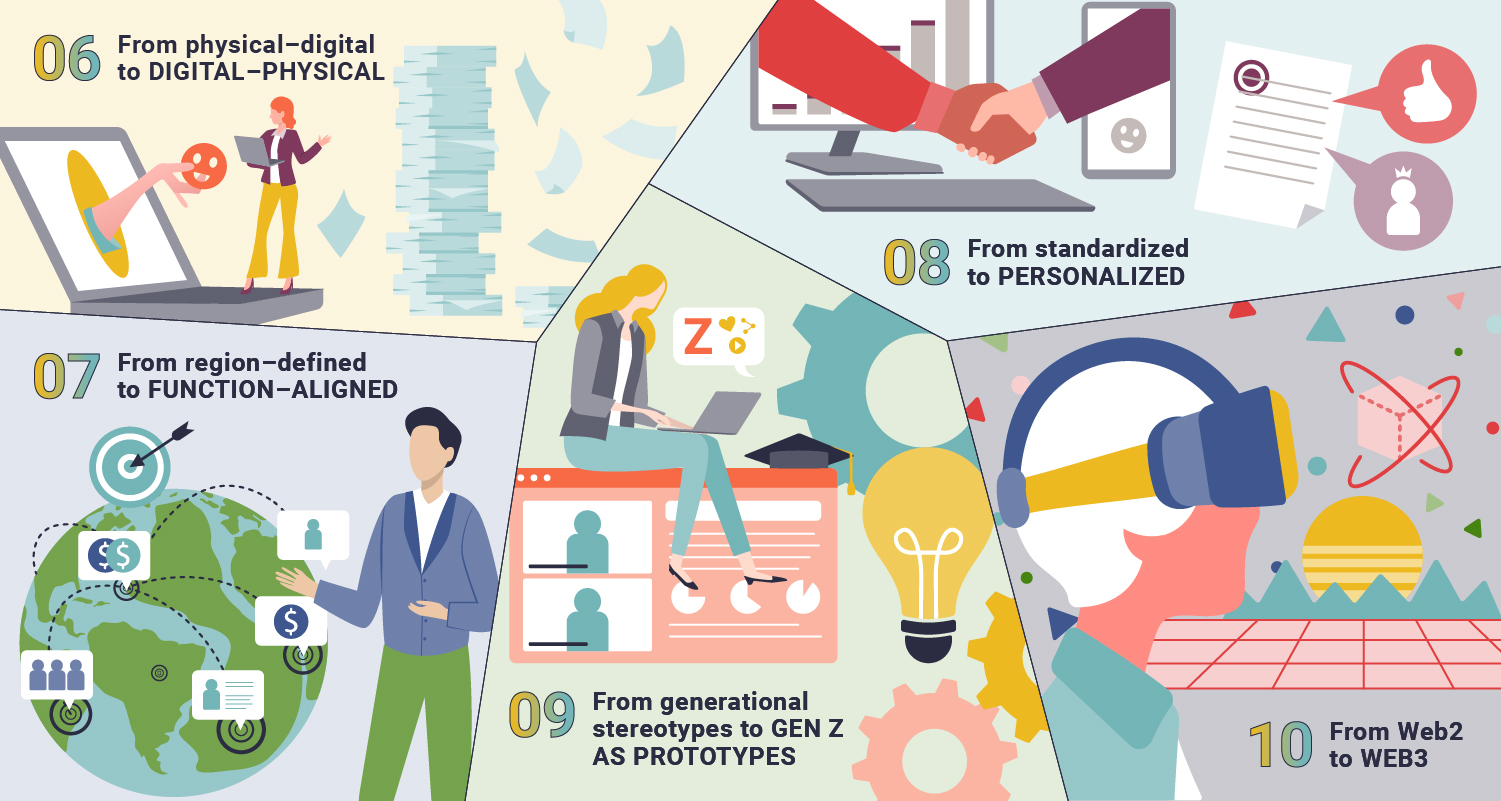
“Once you have glimpsed the world as it might be, it is impossible to live anymore complacent in the world as it is.”
—Anonymous
Each year, ThinkLab tackles the new year by looking at the 10 biggest shifts affecting the future of the contract interiors industry. Whether you are a design firm, manufacturer, distributor, or anything in between, this annual exploration summarizes leading indicators of where our collective world is headed, and how we can prepare our organizations to stay competitive for the future. Think of this as a preview of a tangible, practical future that is within reach or, in some cases, already here.
Our job is to help you see our industry as it might be and take actions to help you get ahead.
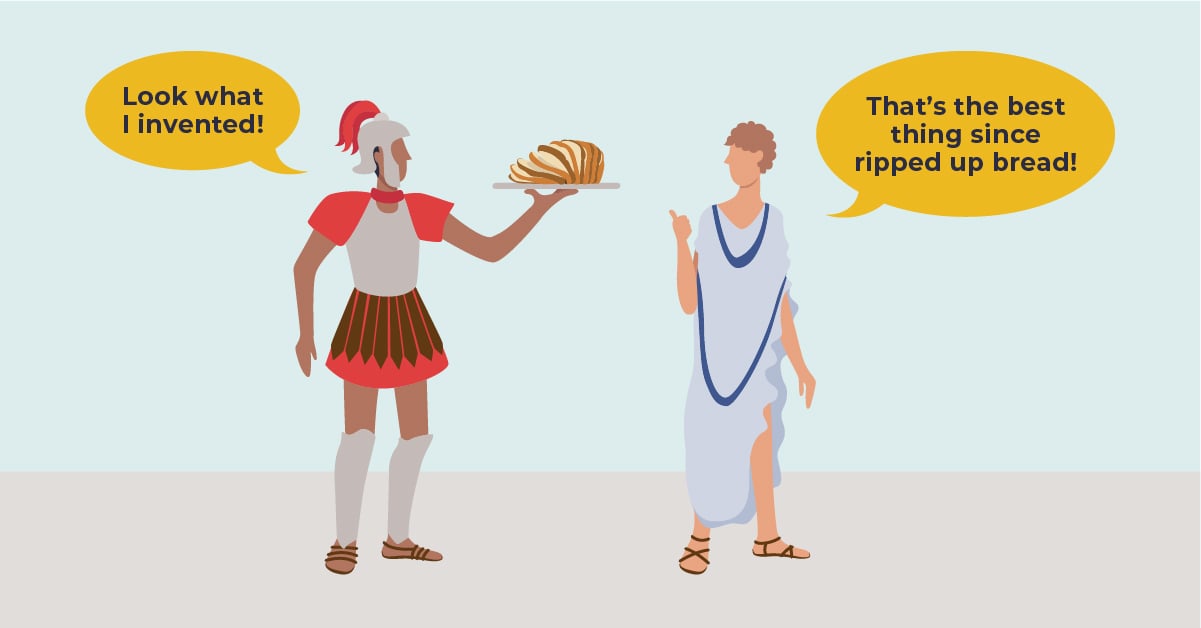
If you missed part one of this series, be sure to read “Five Foundational Shifts You Should Make Now To Avoid Falling Behind in 2023." Otherwise, read on to explore the remaining five shifts to focus on to get ahead in 2023 (and beyond).
1. A shift from physical–digital to digital–physical
Just because you throw a fish in the air doesn’t make it a bird. And, while that image makes us giggle a bit, all too often, as our analog industry attempts to go digital, we take what worked (or sometimes what didn’t) in the physical realm and simply do the same thing digitally.
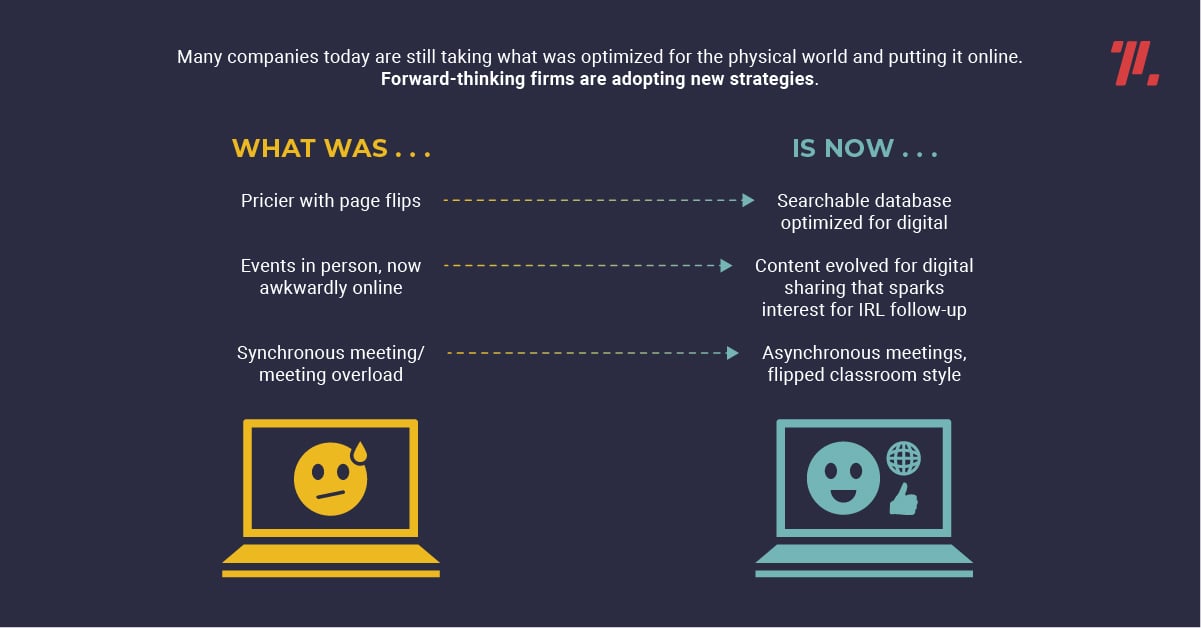
Here’s the bottom line: Simply shifting physical tools directly to the digital realm can create awkward, less-than-desirable experiences. Leading brands will leverage the reach of the digital-first world to entice interest with key messaging, then optimize experiences in physical space to make brand messages come to life.
Forrester research on overall B2B evolution says that what once took 1 to 2 decision-makers to handle now takes as many as 14. And at times, those multiple decision-makers can have conflicting priorities, fragmented budgets, and varying levels of understanding about your brand and what problems you solve for them in their role. As one of our ThinkLab Trendspotters put it, this often leaves us in the “doldrums of indecision.”
The companies that get ahead in 2023 will be those that:
- Simplify their messaging to deliver more punch to an increasingly broad array of B2B decision-makers
- Leverage the digital realm for broad reach to get the message out
- Reinforce brand messages with newly reimagined IRL experiences
So, what’s one action you can take today? Check out this 3-minute inspirational video from Gartner. Or, for in-industry inspiration, check out these new videos from two in-industry companies who are simplifying their messaging to deliver more punch; Geniant (A&D firm) and NextGen Workspace (Dealer)
2. A shift from region-defined to function-aligned
In today’s globally connected era, chances are key decision-makers don’t all live in the same geographic place. For the industry’s largest firms, design teams today are often formed wherever the best talent can be found, regardless of geographic proximity.
Here’s the bottom line: A new breed of decision-maker with an expectation of digital and geographic fluidity will force traditional geographic-based models to evolve in response. Today’s design teams are formed around the best talent for the job, with less emphasis than ever on physical location. Tomorrow’s comp plans and distribution models will need to align.
For purposes of illustration, we’ll explore how this translates to the physical firm library. Whether you’re a designer trying to reimagine how your firm library can connect your project teams OR a manufacturer trying to reimagine your sales strategy with less in-person time, here are some of the innovative approaches we’re hearing about:
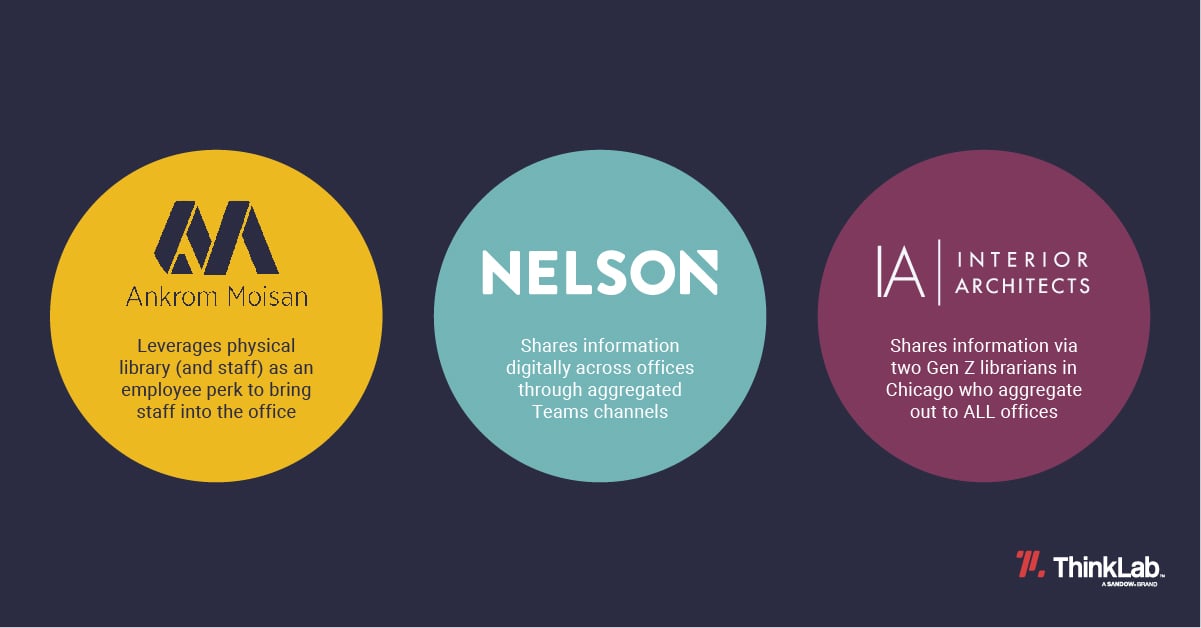
So, what’s one action you can take today? Listen in to this podcast about the Future of A&D firm libraries, or to dive deeper, check out this article about IA’s unique approach.
3. A shift from standardized to personalized
Our industry has operated on a certain way of doing business for a long time. But, accelerated by forced digitization amidst a global pandemic in most major markets, new generations of digitally-native individuals, AND more decision-makers than ever (see #07), today a one-size-fits-all customer journey doesn’t actually fit ALL. According to ThinkLab research, today 70 percent of our survey respondents feel they can be served by a remote team just as well as they can from a local team.
Here’s the bottom line: While many brands have long-focused on streamlining the experience with a brand, today’s buyers exist along a spectrum of “digital eagerness” that require unique and personalized journeys that integrate the online–offline–online experience.
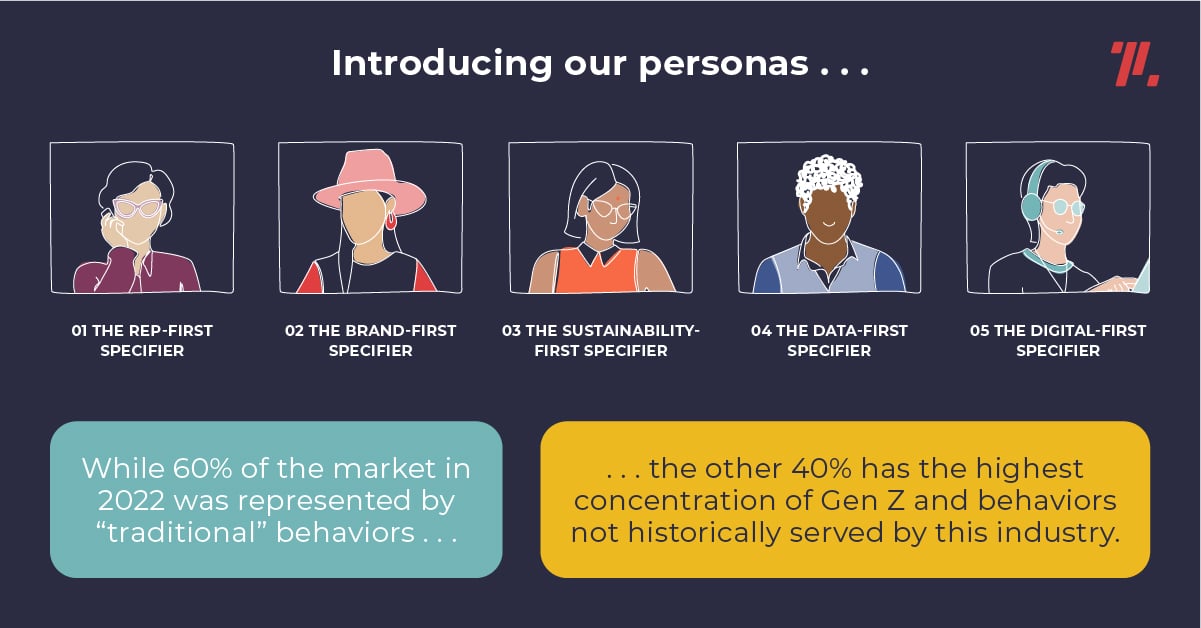
While the consumer realm frequently leverages personas, our industry has not historically had access to that type of data. ThinkLab has created the industry’s first-ever persona study, covering product selectors whether they work at a traditional A&D firm, distributor, commercial real estate firm, or even for an end user. This study’s data allows those in our industry to understand and connect with their “consumers” using a very personalized view, one that helps them develop new phygital journeys (see #05) for their brands.
So, what’s one action you can take today? Check out our new digital course exploring the design industry’s first-ever persona study. Or, for a quick start, have a listen to this podcast episode about why personas matter.
4. A shift from generational stereotypes to Gen Z as prototypes
Millennials were the first generation to possess skill sets that their predecessors did not. As these digital natives entered the workforce, they were met with many uncomfortable stereotypes about millennials that made generational differences much more fraught. And no one hates this kind of stereotyping more than Gen Zers. But the tendency to group people by age and perspective consistently shows up in ThinkLab data as a clear “trend line” into the future. And the “ripple-up effect” — prompted by millennials who had to change the way all older generations worked — will likely only intensify as Gen Z enters the workforce. 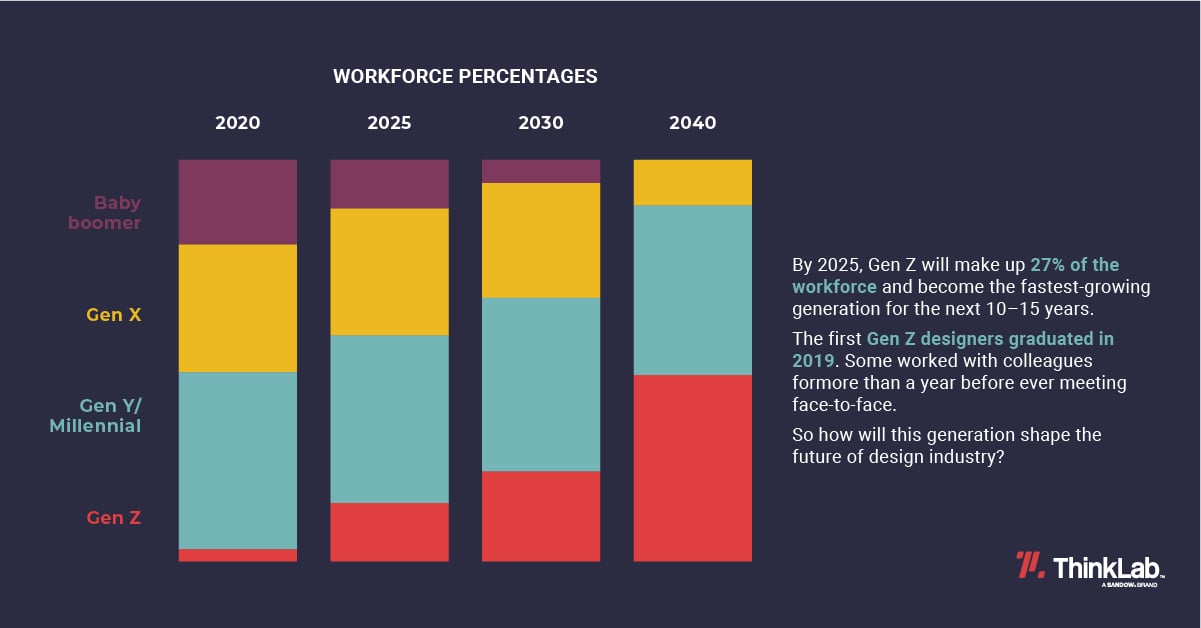
The first members of Gen Z graduated just before the pandemic, which made their entrée into the working world (and our industry) shockingly different from any of their predecessors. Yet they are quickly making their presence felt. And by 2025, Gen Zers will make up 27 percent of the workforce. By exploring their perspective and engaging them in thoughtful problem-solving, we can look at old problems in new ways.
Here’s the bottom line: “A ‘this is always how we’ve done it’ mindset is a slippery slope to irrelevance. One of the best ways to get unstuck and spot blind spots that every industry and every organization has is to lean into the emerging generations because they have a fresh perspective that is the key to what that next approach should be.”
–Ryan Jenkins, ThinkLab 2023 Hackathon keynote
So, what’s one action you can take today? Gen Z is the topic for ThinkLab’s 2023 Design Hackathon. Watch expert Ryan Jenkins’ virtual keynote on the impact of Gen Z in the workforce or listen to our podcast interview with him on how to engage the next generation of designers.
5. A shift from Web2 to Web3
Web3, metaverse, Bitcoin, NFT. If any of these terms spark confusion, overwhelm, or even prompt an eye roll, you’re not alone. This humorous TikTok video contrasts the immense forward strides of technology with the harsh realities of today — making us question how close this “digital future” really is. But technology is evolving faster and faster, and to stay ahead, we must begin to explore the possibilities as these new futures emerge.

Take, for example, one recent podcast interviewee who asked us to imagine a future where every brand has a “Go to my metaverse” button on their website. If we don’t understand the technologies, we can’t leverage them for our benefit.
Here’s the bottom line: “Web3 is all about autonomy, authenticity, ownership, and engagement — and the new opportunities afforded to us by the associated technologies. If you're not starting to get curious here, you're going to start playing from behind really soon. Those at the forefront are starting to already activate around, or at the very least explore.” —Bobby Bonett, executive vice president of digital, SANDOW Design Group
So, what’s one action you can take today? Follow SANDOW Design Group’s new podcast Barriers to Entry, which will interview the innovators and connectors exploring Web3 in our industry, helping you to make new connections on LinkedIn so that you can be at the forefront of this exploration.
Get the Research
Want to dive even deeper into each of these trends with us? Our new complimentary digital course dives much deeper into each trend with even more detailed evidence, shares statistics to help you create internal buy-in, translates implications to our industry (and your business), and inspires with motivating stories from companies we’ve identified as ahead of the curve. Not sure where to start? Don’t worry, each shift in this course ends with key action items for you and your team to tackle to get (or stay) ahead. Enroll in 10 Tectonic Shifts for the Design Industry.

Amanda Schneider is President of ThinkLab, the research division of SANDOW. At ThinkLab, we combine SANDOW Media’s incredible reach to the architecture and design community through brands like Interior Design Media, Metropolis, Luxe, and Material Bank with proven market research techniques to uncover relevant trends and opportunities for the design industry. Join in to explore what’s next at thinklab.design/join-in.
